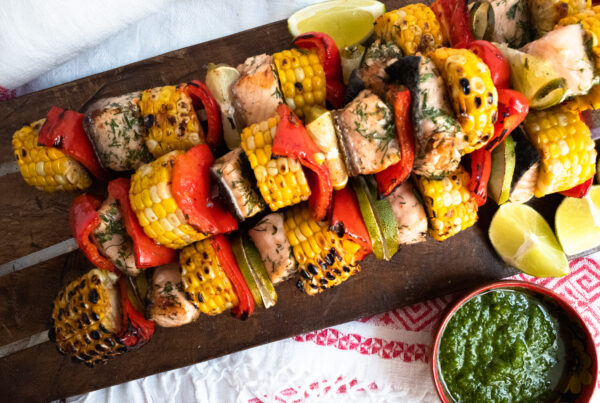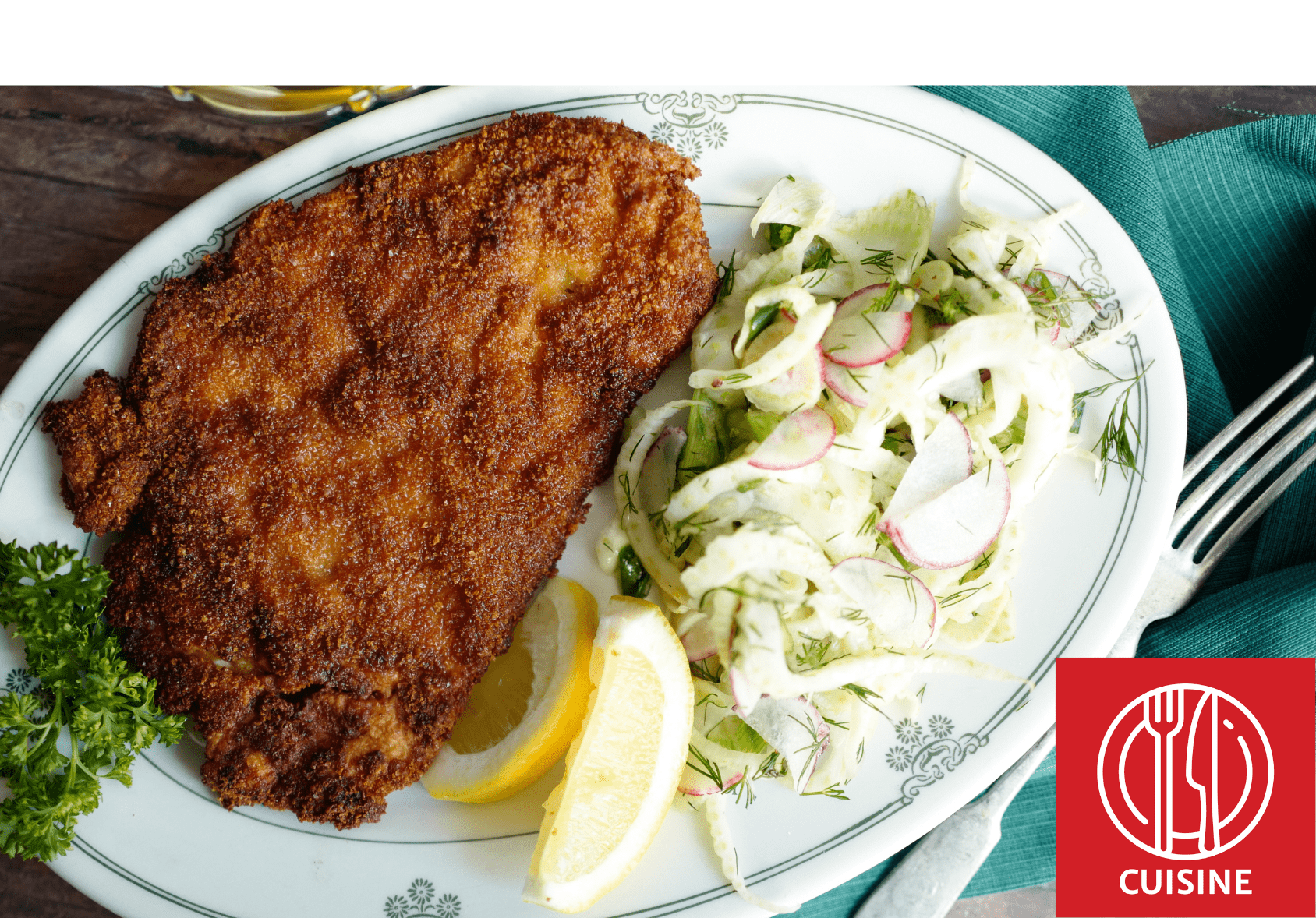
This post contains affiliate links, including links from the Amazon Associates programs. These links will direct you to products I recommend for further exploration and enjoyment of the topics I cover on my website and in my lectures. See more in the Privacy Policy below.
Why Wiener Schnitzel is a Keeper
This is a showy dish, which can be made with almost any type of meat: many German restaurants have successfully created chicken schnitzel dishes, to entice the more healthy-conscious.
Wiener Schnitzel is not time-consuming and needs only one large pan with hot oil in it to deep fry the breaded cutlets. Clean up can be a bit tricky, as the dish needs to be served immediately as this is the best way to enjoy the sizzling crunch of the breaded schnitzel, as it is just out of the hot fat. This is a great recipe to serve on its own, with just a slice of lemon and a small amount of lingonberry jam, or with sides of tangy slaw or french fries.
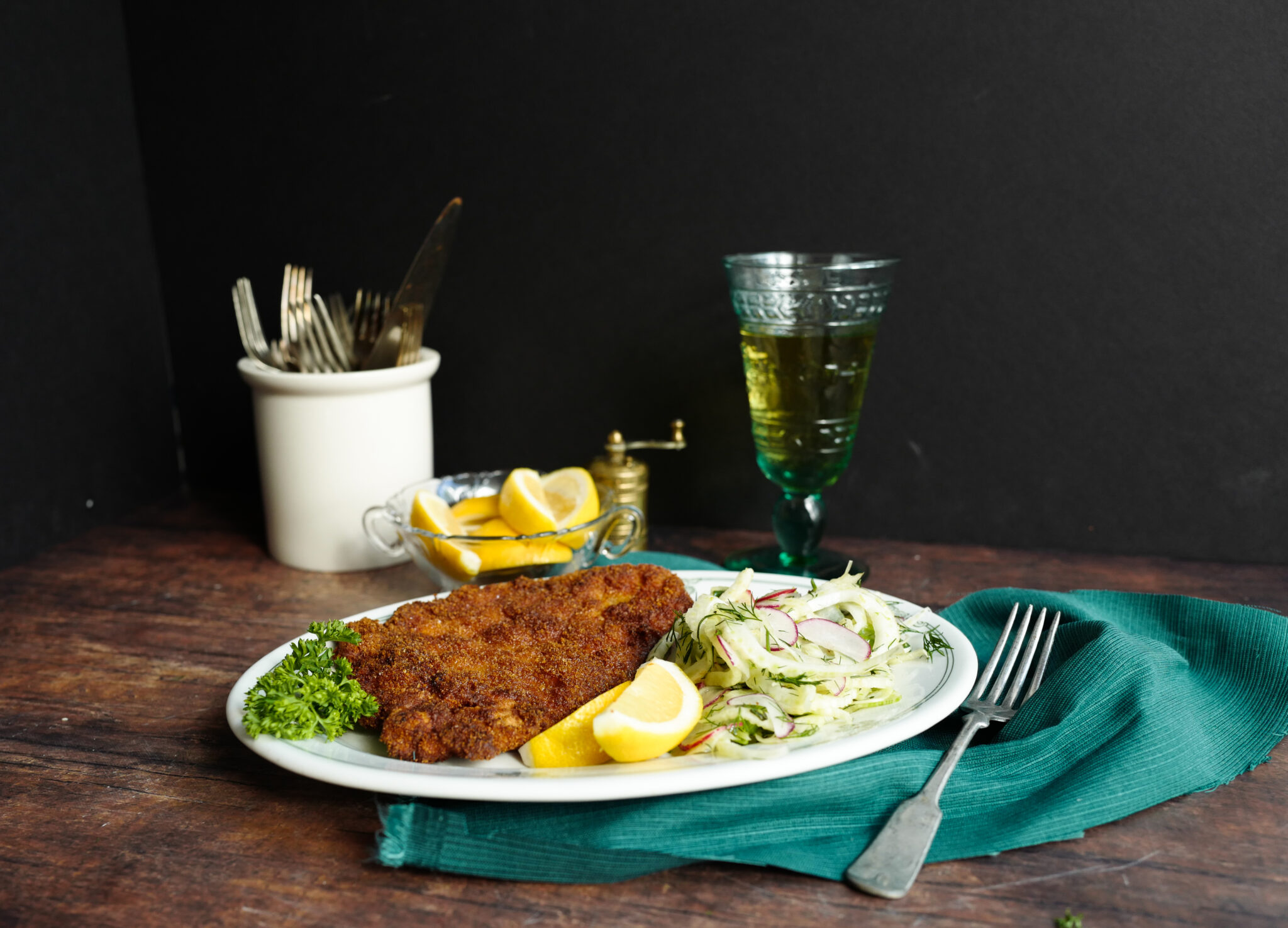
Ingredients and Methods
The Art of Making Perfect Schnitzel
Good wiener schnitzel is hard to beat, but bad schnitzel is all too easy to achieve. To avoid rubbery meat, damp crust, and unappetizing flavors requires attention to detail and adherence to certain key principles. Here are some essential tips for making excellent schnitzel.
Choose the Right Cut of Meat
While traditional Wiener Schnitzel is made with veal — and the Viennese have enshrined this into law, not everyone is a fan of veal for all kinds of reasons. Fear not: excellent schnitzel can also be made with other type of meats including chicken, pork tenderloin, boneless pork chops, or beef tenderloin. The key is to choose a tender cut that can be pounded thin.
Give the Meat a Proper Pounding
The meat should be pounded to an even thickness of about 1/4 inch. This ensures quick and even cooking, resulting in a tender cutlet.
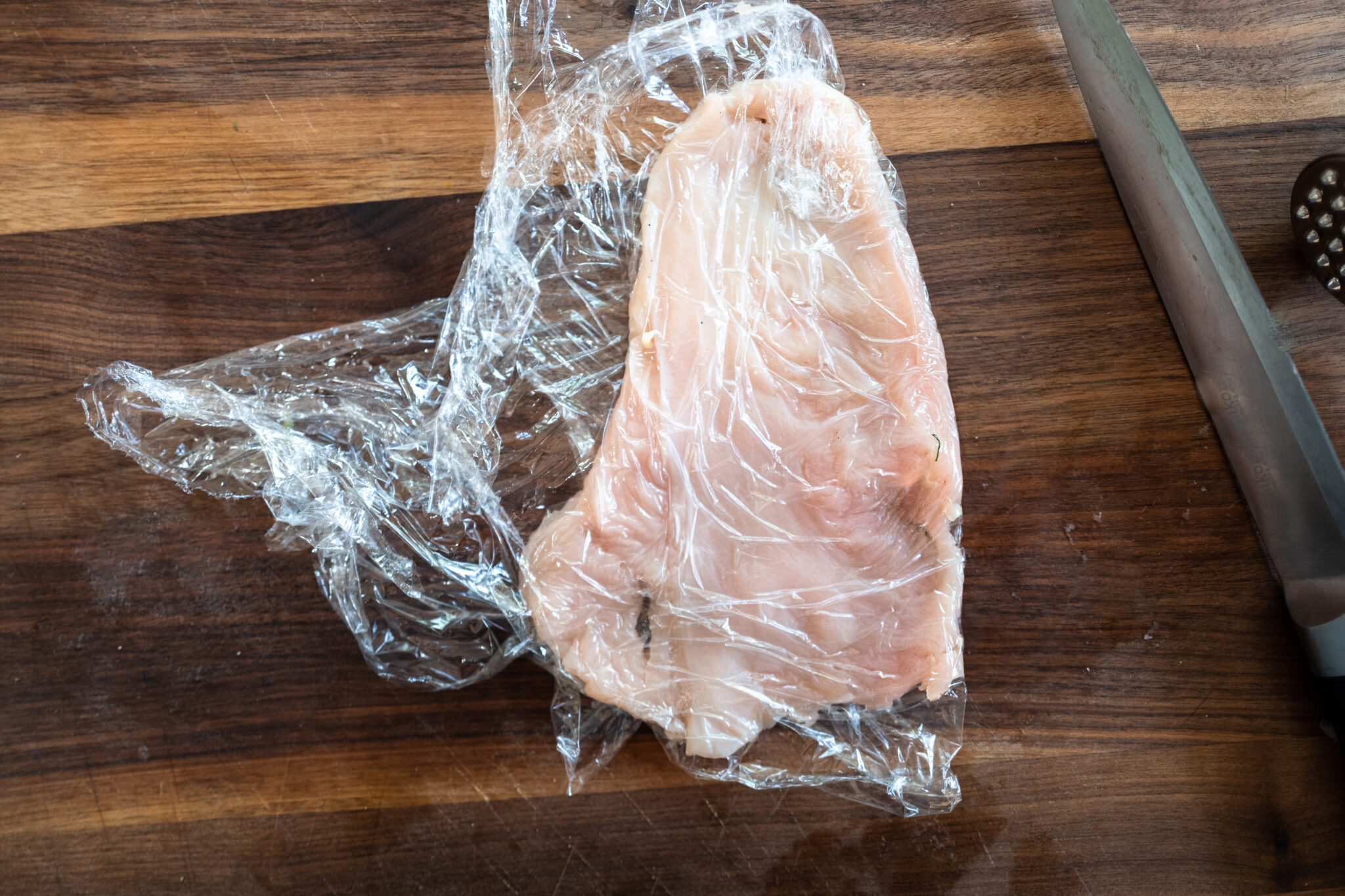
The Breading Technique
The classic breading involves three steps: flour, beaten eggs, and breadcrumbs. Each layer should be even, with excess shaken off. This creates the characteristic crispy exterior.
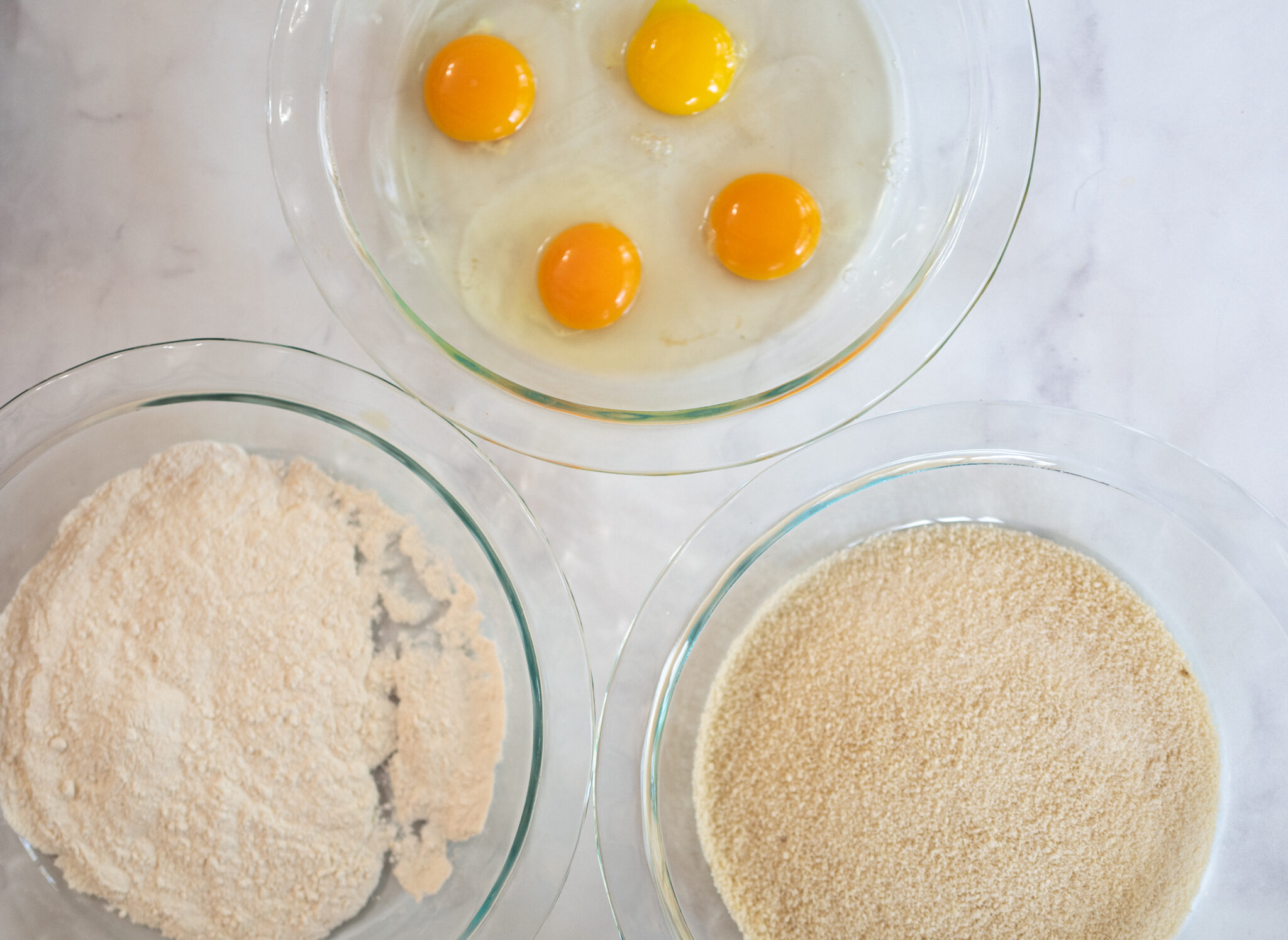
The Frying Method
Contrary to popular belief, schnitzel should not be deep-fried — these are not chicken nuggets. Instead, it should be shallow-fried in enough fat to come halfway up the sides of the cutlet. This method ensures the perfect golden-brown crust. Use the largest sauté pan in your arsenal for best results.
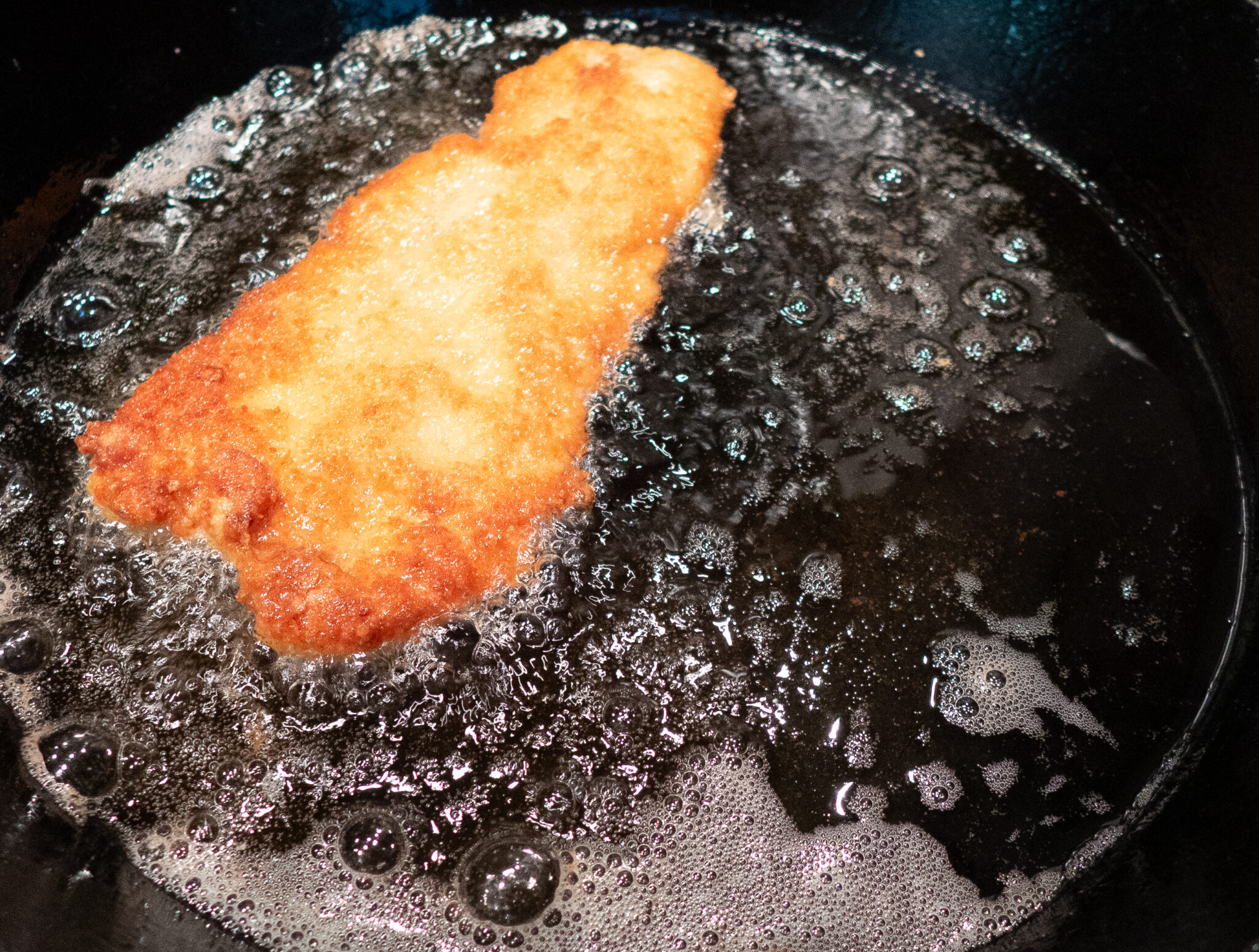
The Choice of Fat
The choice of frying fat is crucial. Butter and olive oil cannot maintain the oil temperature necessary to quickly fry the breaded veal cutlet. Clarified butter or ghee is ideal for achieving a rich, buttery flavor. Alternatives include duck fat, chicken schmaltz, or a neutral vegetable oil. Regular butter or olive oil should be avoided due to their low smoke points.
Temperature Control
The fat should be hot enough that the schnitzel sizzles immediately upon contact, but not so hot that it burns. The ideal frying time is about 3-4 minutes per side.
The Seasoning for Wiener Schnitzel
Injecting flavor into schnitzel is a tricky business. Traditionalists refuse to season any part of the dish, allowing the butter and meat to shine through with only a spritz of lemon juice and possibly a light dusting of salt once it is completed to compliment the natural flavors. More modern practitioners throw that idea out the window, jazzing up all three of the breading stages: hot sauce in the eggs, salt in the flour, and all kinds of spices in the breadcrumbs. In Israel, I tried schnitzel spiked with Za’atar, which I loved!
I have found the middle road makes for the most consistent schnitzel. I do whisk mustard and lemon zest into the egg coating as that seems the best place to infuse a nice tangy flavor note, but apart from that, I stick to seasoning the meat with salt and a little white pepper, then letting it rest for at least half an hour so that the meat tenderizes. Patting it dry before the breading ensures that the salt does not repel the flour.
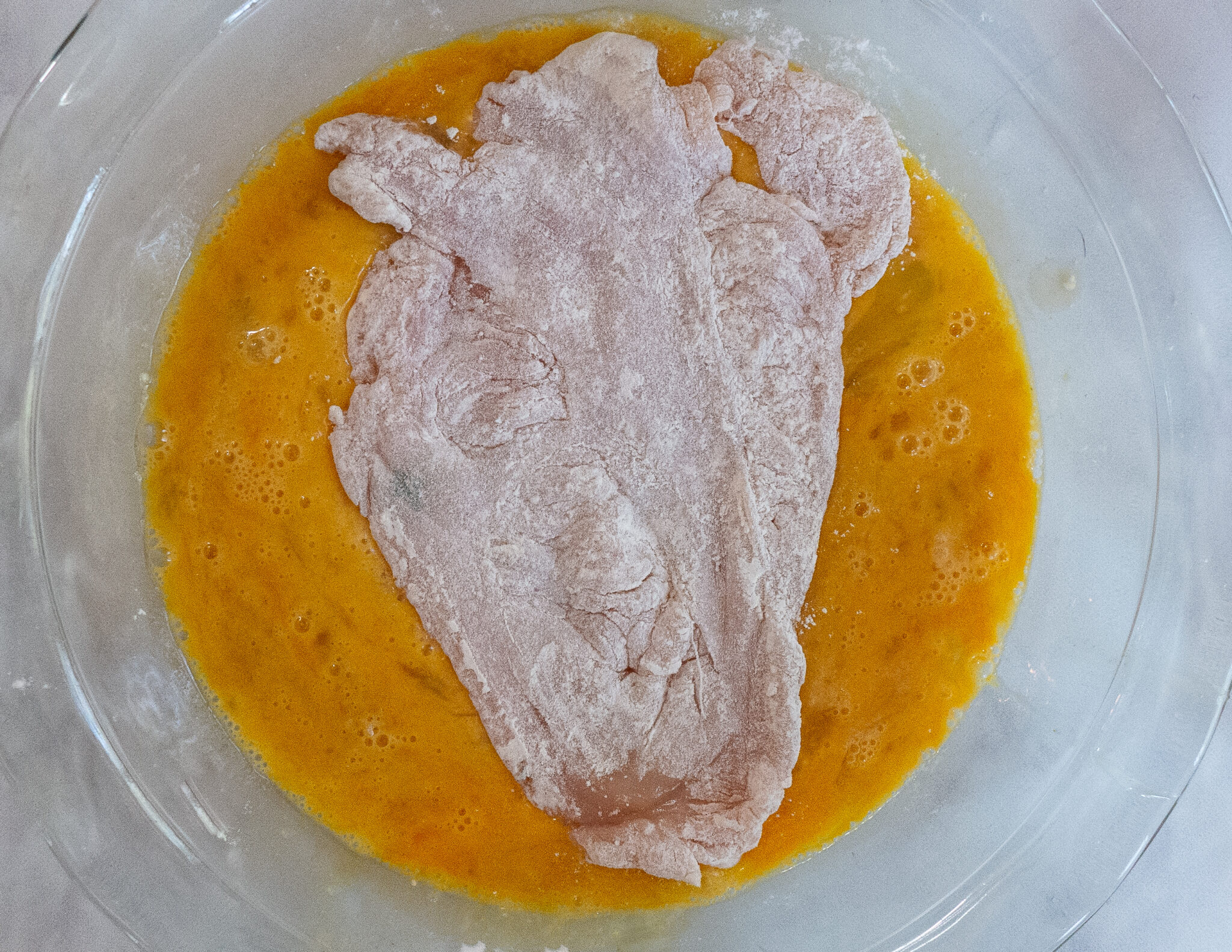
What to Serve with Schnitzel
For best results: serve schnitzel immediately after cooking in the hot oil, with only a brief rest to drain excess oil. A spritz of lemon juice just before serving adds a bright note to complement the rich, crispy cutlet.
History and Background of Wiener Schnitzel
Byzantine Beginnings
The origins of schnitzel can be traced back to the Byzantine Empire. Legend has it that Emperor Basileios I (867-886 AD) had a penchant for food coated in gold leaf. To prevent bankruptcy, his clever chefs created a more affordable alternative: breaded cutlets fried in oil to mimic the golden sheen. This ingenious culinary innovation would go on to influence cuisines across Europe and beyond.
Mediterranean Meanderings
From Byzantium, the concept of breaded and fried cutlets spread across the Mediterranean. The dish’s popularity grew thanks to the strong Byzantine ties with Northern Italy and the movement of Arab soldiers and traders who brought the breading method to Southern Spain. This culinary exchange laid the foundation for various regional interpretations of the dish.
Italian Influence
In Northern Italy, particularly in Milan, the dish evolved into “Cotoletta alla Milanese,” a breaded veal chop that remains popular today. This Milanese specialty would play a crucial role in the development of what we now know as schnitzel. When Milan became part of the Austrian Empire in the early 19th century, this dish made its way to Vienna, setting the stage for a culinary revolution.
The Birth of Wiener Schnitzel
In Vienna, the dish was refined and christened “Wiener Schnitzel.” It quickly became a staple of Viennese cuisine, traditionally made with veal and served with a side of potato salad or cucumber salad. The Viennese elevated the dish to an art form, perfecting the technique of creating a light, crispy coating while keeping the meat tender and juicy.
Wiener Schnitzel Goes Global
From Vienna, schnitzel traveled across the sprawling Austro-Hungarian empire and into Imperial Russia, gaining popularity wherever it went. It even survived the Russian Revolution, maintaining its status during the Soviet era as “отбивная” (otbivnaya), a beaten or pounded cutlet.
In the 20th century, schnitzel continued its global journey. It became a beloved dish in Israel, where it’s often made with turkey and spiced with za’atar. In America, descendants of Middle and Eastern European immigrants enjoy schnitzel in sandwiches, while in the Soviet Union, Chicken Kiev emerged as a popular variation stuffed with garlicky butter
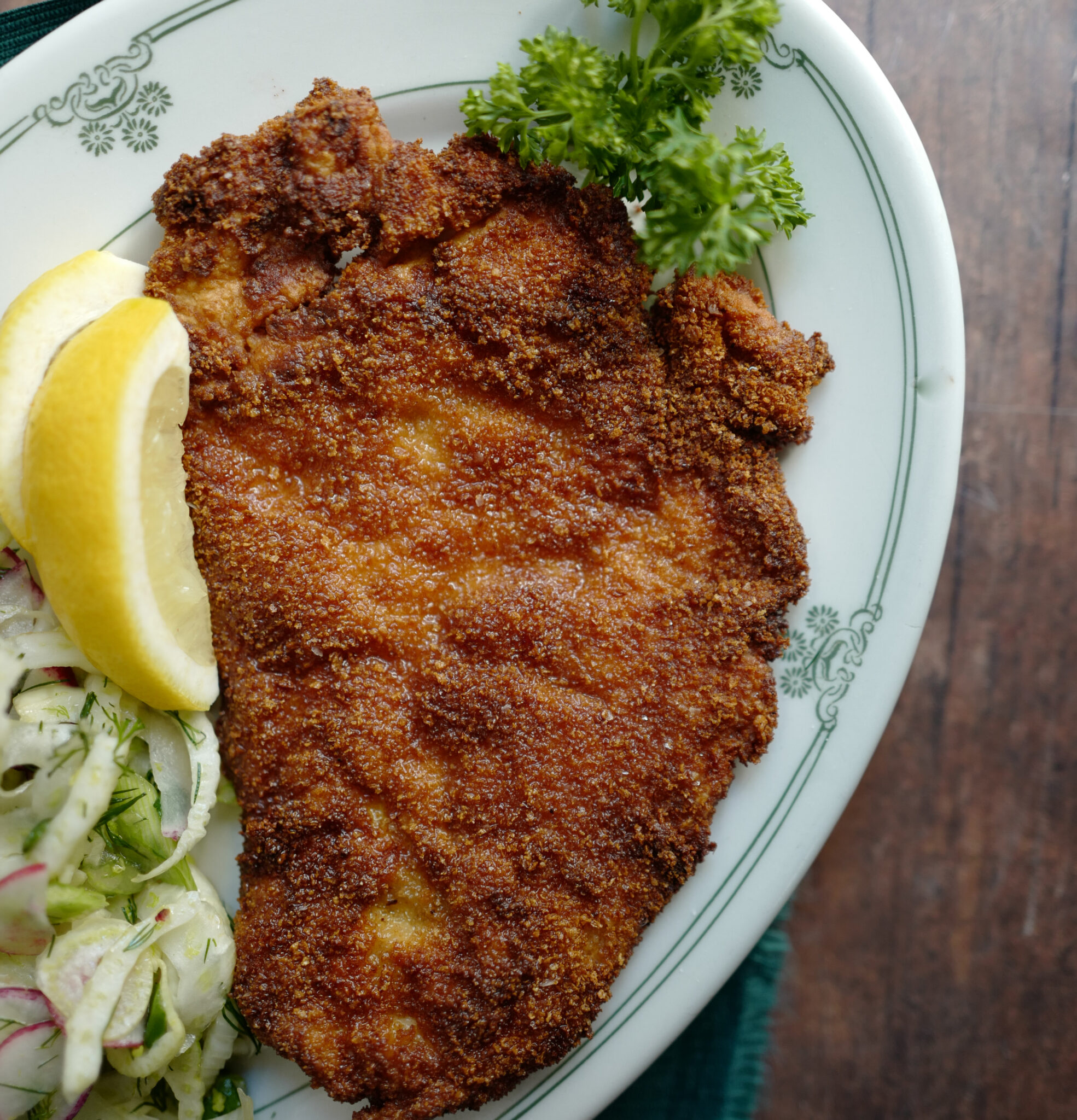
Authentic Viennese-Style Schnitzel
Ingredients
- 2 medium-sized boneless skinless chicken breasts or veal cutlets (roughly 1 lbs. or 500 grams)
- 2 sticks 1 cup or 220 grams of unsalted butter, ghee, neutral vegetable oil, or chicken schmaltz
- Salt
- 2 tsp of white pepper
- 2 Tbls of Dijon-style mustard
- The zest of one lemon
- 3 large eggs
- 1-½ cups 350 ml of flour
- 1-½ cups 350 ml of Panko or plain breadcrumbs
- 1 lemon quartered
Instructions
- Clarify the butter in a saucepan: simmer on low heat until the milk solids separate and rise to the surface (about 10-15 minutes), and the remaining butter is golden brown. Strain the butter through several layers of cheesecloth or paper towel until it is completely clear. Set aside.
- Place the Panko breadcrumbs into a food processor and pulse until they are the texture of fine sand.
- Remove any fatty ends from the veal cutlets or chicken breasts.
- Place each piece of meat between two layers of plastic wrap or inside a sturdy plastic bag. Use the flat end of a tenderizing meat mallet or a rolling pin to pound each cutlet to a cutlet of approximately ¼-inch (3 cm) thickness. Go gently here, as the delicate meat will shred easily. Pat the pounded meat dry with paper towels.
- Season both sides of the pounded meat slices with a good pinch of salt and white pepper, and let sit, covered by the plastic wrap for 30 minutes.
- Whisk the mustard into the eggs. Then set out each of the breading ingredients in separate flat plates, slightly larger than the flattened cutlets.
- Pat the cutlets dry with paper towel, then dredge them in flour, shaking off any excess — you don’t want too much of the breading ingredients on the cutlets. Then dip the cutlet into the egg mixture and finally into the Panko bread crumbs.
- Heat the clarified butter or oil in a large skillet over medium high heat until a small amount of the Panko topping sizzles immediately on impact. Gently slide each breaded cutlet into the butter. After about 1-2 minutes, when you notice a golden crispness around the edges, agitate the skillet gently to move the butter around the breasts. After 3 minutes, flip the breasts and repeat the process. Continue to flip the breasts until they are uniformly golden and crispy on each side — about 6-7 minutes.
- Remove the cutlets to a cooling rack set over a baking sheet to rest for 2-3 minutes and sprinkle a small pinch of salt over them. Serve immediately on a large plate with a side of tangy slaw and a wedge of lemon. Some schnitzel recipes call for a fried egg to be placed on the meat cutlet, but this seems like a bit much.

Frequently asked questions
What makes Wiener Schnitzel unique?
Wiener Schnitzel is a protected term in Austria, legally requiring it to be made with veal. This traditional Viennese dish is known for its thin, tender cut of meat, crispy golden-brown breading, and generous size that often extends beyond the plate’s edges.
How is schnitzel traditionally served in Austria?
In Austria, schnitzel is typically served with a side of parsley potatoes or potato salad. Contrary to popular belief, it’s not usually paired with noodles, as suggested by Fraulein Maria when she comes to be a governess in the von Trapp household. A slice of lemon is often provided to squeeze over the schnitzel, adding a bright, citrusy note to the rich, crispy dish.
Can schnitzel be made dairy-free?
Is schnitzel always fried?
Yes, frying is essential to achieve schnitzel’s signature crispy exterior. However, it’s typically shallow-fried rather than deep-fried. The cutlet is cooked in enough oil or fat to come about halfway up its sides, ensuring even browning and that perfect crunch.
What's the story behind Wiener Schnitzel?
While the exact origins are debated, one popular legend credits Field Marshal Joseph Radetzky with bringing the recipe to Vienna from Milan in 1857. The dish may have evolved from the Italian “cotoletta alla milanese.” Regardless of its true origins, Wiener Schnitzel has become an iconic part.
Can you make Wiener Schnitzel ahead of time?
For best results, time your preparation to serve the schnitzel immediately after cooking: like all breaded and fried foods, the charm is in the heat and the crunch, neither of which do well after night in the fridge.
Thank you for stopping by and I hope you’ve enjoyed pursuing this article! There are plenty more to enjoy — check out the list below!
I am a food and travel writer as well as a cruise ship lecturer: my passion is exploring the cuisine, history, and culture of new places and writing about them here.
I hope you’ll consider staying connected with me by subscribing to my newsletter, Destination Curation, where I look at the intersection of history, culture, and cuisine in major destinations. You can also join the conversation on Facebook and Instagram.
Enjoy More Posts Like This One
 8 Hours in Vienna, Austria: The Best Things to Do
8 Hours in Vienna, Austria: The Best Things to Do
8 Hours in Vienna, Austria: The Best Things to Do
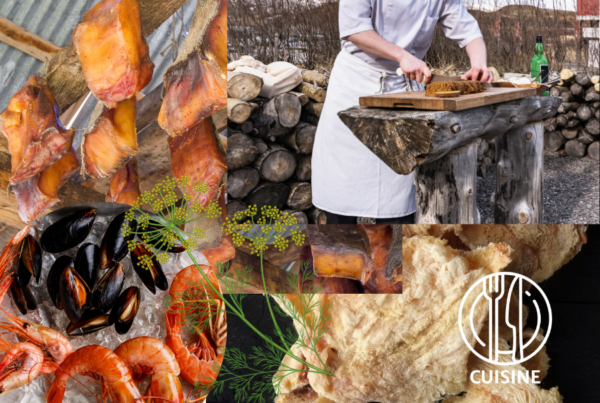 The Must-Try Things to Eat and Drink in Iceland
The Must-Try Things to Eat and Drink in Iceland
The Must-Try Things to Eat and Drink in Iceland
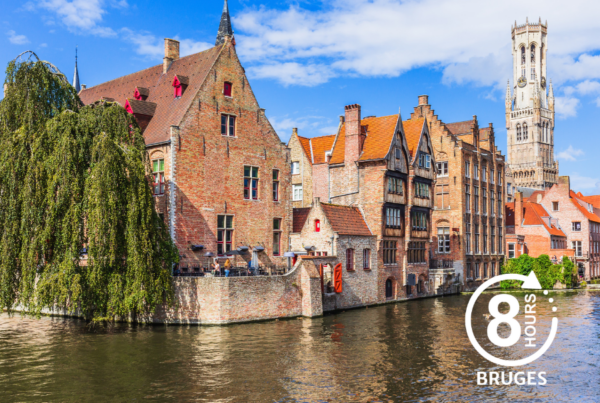 8-Hours in Bruges, Belgium: The Perfect Itinerary
8-Hours in Bruges, Belgium: The Perfect Itinerary
8-Hours in Bruges, Belgium: The Perfect Itinerary
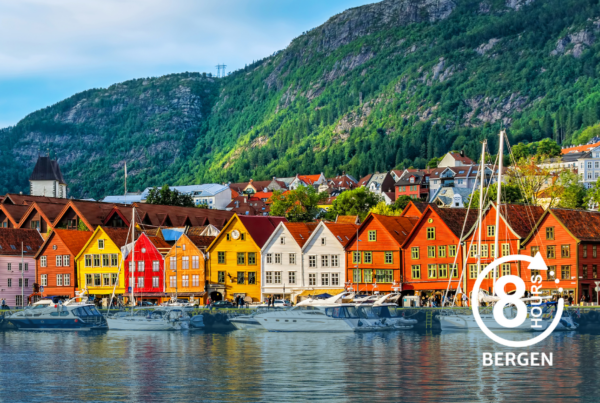 8 Hours in Bergen: A Guide to Norway’s Second City
8 Hours in Bergen: A Guide to Norway’s Second City
8 Hours in Bergen: A Guide to Norway’s Second City
 8 Hours in Captivating Riga, The Capital of Latvia
8 Hours in Captivating Riga, The Capital of Latvia
8 Hours in Captivating Riga, The Capital of Latvia
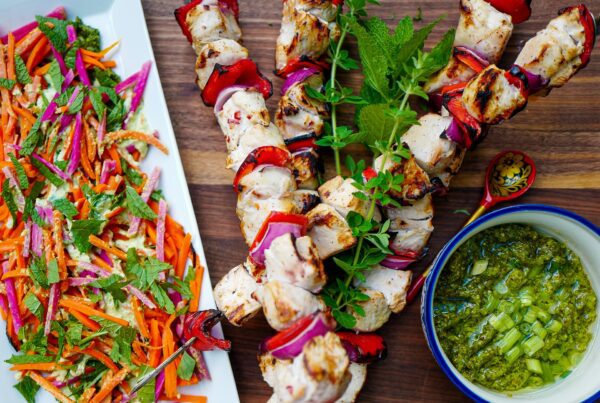 Tangy Kefir Brined Chicken Shashlik
Tangy Kefir Brined Chicken Shashlik
Tangy Kefir Brined Chicken Shashlik
 How to Make Shashlik: Recipes for Juicy Meat Skewers
How to Make Shashlik: Recipes for Juicy Meat Skewers
How to Make Shashlik: Recipes for Juicy Meat Skewers
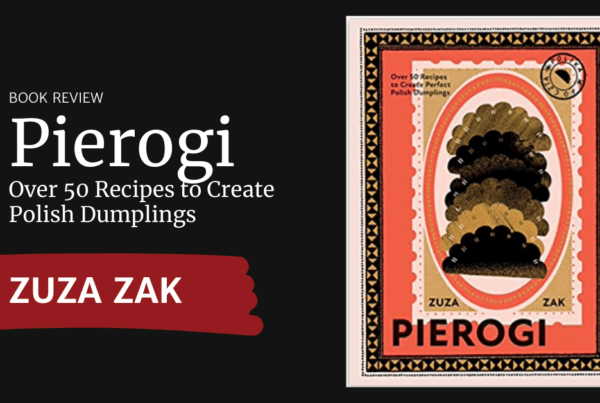 Pierogi: Over 50 Recipes to Create Perfect Polish Dumplings
Pierogi: Over 50 Recipes to Create Perfect Polish Dumplings
Pierogi: Over 50 Recipes to Create Perfect Polish Dumplings
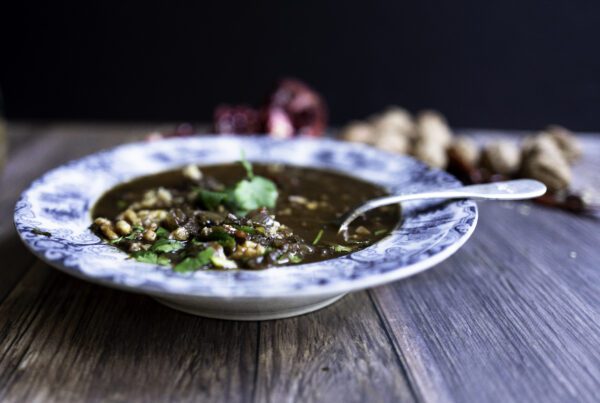 Kharcho: A Welcome Guest From the Near Abroad
Kharcho: A Welcome Guest From the Near Abroad
Kharcho: A Welcome Guest From the Near Abroad
 Amber & Rye: A Baltic Food Journey
Amber & Rye: A Baltic Food Journey


